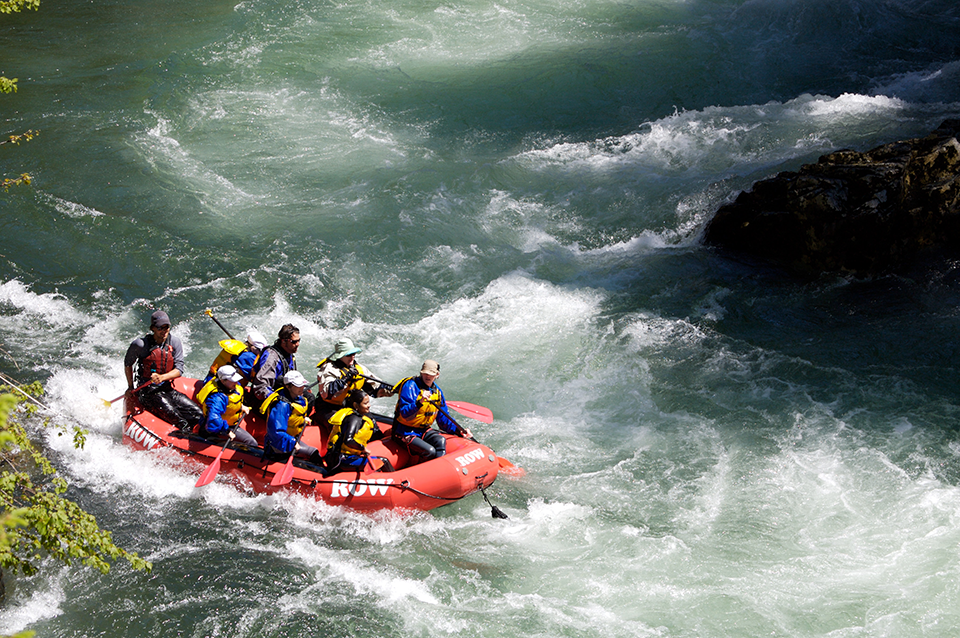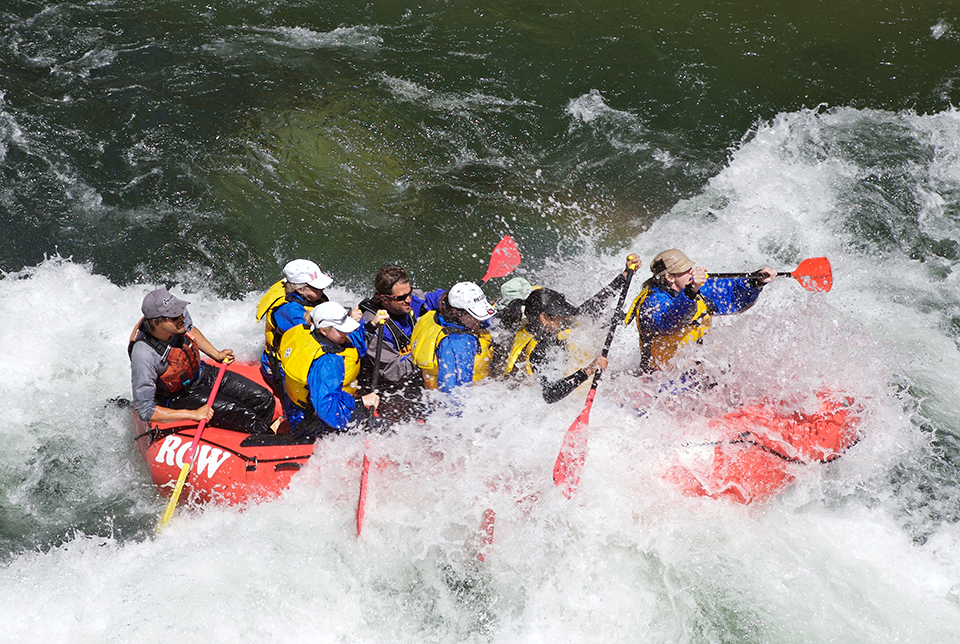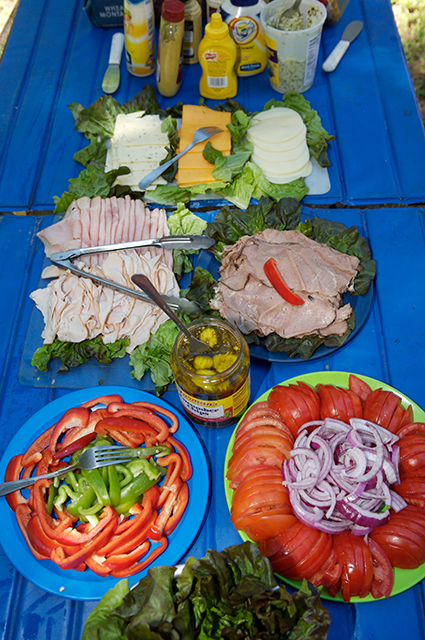“An unspoiled river is a very rare thing in this Nation today.” – Former President Lyndon B. Johnson upon signing the Wild and Scenic Rivers Act, 1968
It’s been almost two decades since I made North Idaho my home, and, from day one, I noticed people speaking fondly of the St. Joe River and the time spent there year after year. Originally called the “St. Joseph” by Father Pierre-Jean De Smet, the Flemish Jesuit Catholic priest who established the Sacred Heart Mission in Cataldo, Idaho, this unique river and the surrounding area is now affectionately and officially termed the “St. Joe.” In 2022, I had the opportunity to finally experience this captivating river for myself through a whitewater rafting trip.
About the St. Joe

There is much to love about the 140 miles of St. Joe River: blue-ribbon cutthroat trout fishing, extensive roadless public lands, trails for varying recreational pursuits, wildlife, campgrounds, scenic roads, floating, the nearby Route of the Hiawatha, and some of the most exceptional beginner and intermediate whitewater rafting you can find in the Northwest.
The headwaters of the St. Joe are rooted in the Bitterroot Mountains at an elevation of 6,487 feet. The river flows swiftly through the upper, largely roadless stretch and then meanders slowly through the “shadowy” section down to its terminus at Lake Coeur d’Alene. For about a few weeks each year, from early June to early July, the rush of melting snow offers a short window where the river is deep enough to enjoy a series of sometimes surprising, always delightful whitewater runs.
Natural Water Navigation
Using rivers, streams, and other natural waters to travel and navigate forests and other terrain is an ancient undertaking. You could say that indigenous mountain people were the first American whitewater rafters. With a history of six permanent winter villages near its mouth and temporary summer camps along its upper shores, the St. Joe was called “the Gentle River” by Coeur d’Alene Tribes. Steamboats and gold prospectors traveled up the lower part of the river during the 1880s, and the timber industry moved into the upper “swiftwater” at the turn of the century, aggressively working the extensive stands of white pine and cedar for more than 40 years. Then, Idaho Senator Frank Church instigated what we now know as the Wild and Scenic Rivers Act, which was signed into law by Lyndon B. Johnson in 1968.
The Wild and Scenic Rivers Act aims to protect the “outstandingly remarkable scenic, recreational, geological, fish and wildlife, historic, cultural,” and other similar values of rivers across the country. In 1978, 39.7 miles of the St. Joe were designated as “wild” and 26.6 miles as “recreational.” Today, about 74 percent of the river basin is owned, protected, and managed by the U.S. Forest Service, Bureau of Land Management, or the State of Idaho. The rest is privately owned.

Whitewater Rafting The Joe
What we know as whitewater rafting today quickly became an outdoor pursuit when surplus inflatable military rafts became available to the public after World War II. The Northwest itself is steeped in rafting history. In 1940, the Salmon River was the site of the first commercial whitewater rafting trip. In the 1950s, John D. Rockefeller Jr.’s float trips down the Snake River through his establishment of the Grand Teton National Park helped make this particular outdoor pursuit popular.
The upper St. Joe offers a stretch of Class II-III whitewater during late spring and early summer. Experienced whitewater boaters frequently take on this stretch of the river, but for those without the skills and gear, ROW Adventures is the only rafting company licensed to operate commercially guided trips there. Since ROW Adventures’ first St. Joe trip in 1986, the Coeur d’Alene-based outfitter has been opening up the exciting magic and serene beauty of this North Idaho river to locals and visitors year after year.
My Adventure on the St. Joe
Driving to the designated meeting spot at Gold Creek Campground near Avery, Idaho, in 2022, I felt a sense of anticipation. This was not only my first time visiting the St. Joe, but it was also my first time whitewater rafting. The group of passengers was diverse in age, experience, and gender. Our guides Johnny and Noah impressed upon us the risks involved in what we were about to do, but imbued their instructions and information with a sense of humor that put us all at ease. After donning wet suits, life vests, and helmets, we pushed off into the crystal-clear water.

Having spent many years recreating in Colorado, I think I expected whitewater rafting to be like a series of jump moments in a scary movie. But rafting the Joe was deliciously thrilling, infused with whiffs of damp cedars warming in the sun as well as a lively camaraderie in our raft and with the other rafters and guides. We stopped midway at a campground for lunch and listened to the entertaining story of The Ridge Runner, William Moreland, an “elusive loner and social misfit” who lived along the Joe, “borrowed” necessities from the Forest Service and logging companies, and mostly evaded law enforcement from 1942 until he was last seen in 1961.
Fed and enlivened, we continued our float through waves, splashes, holes, rocks, and rapids to our final destination at the Eagle Creek take-out. Boarding the bus that would take us back to our cars, I could still feel the paradox of warming sunshine and frosty water on my skin. The Joe was gently spirited with me as a first-time rafter. It now holds a special place in this resident’s heart and has whet my appetite for more rafting adventures. //













